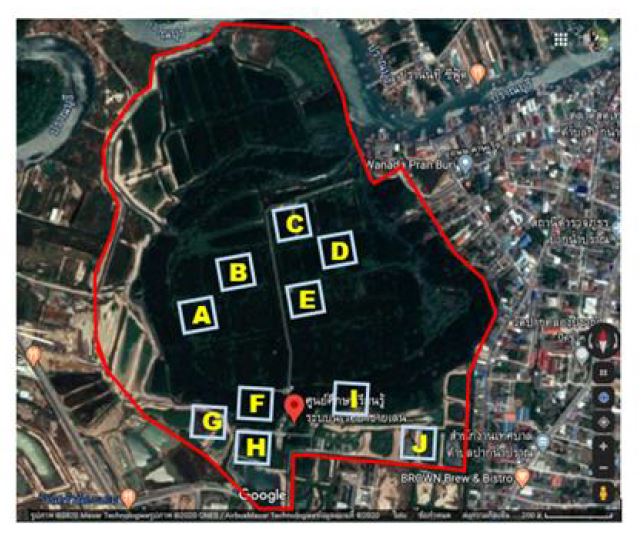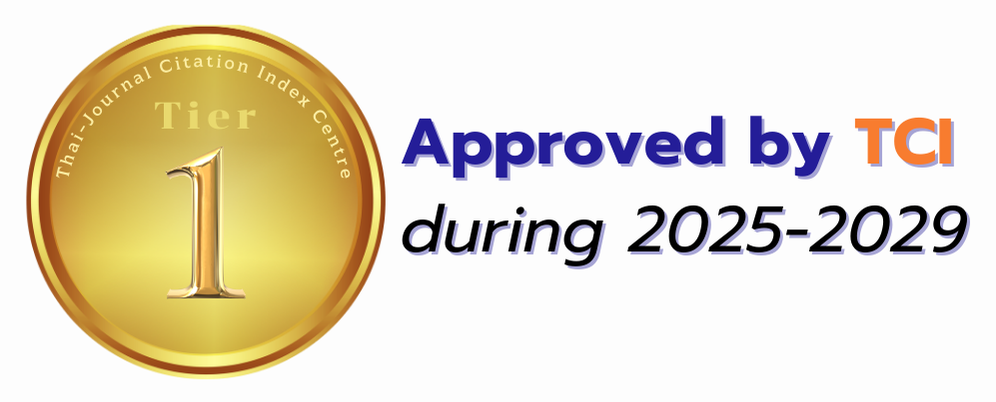Avifauna Richness and Utilization of the Restoration Mangrove Forest, Sirinath Rajini Mangrove Ecosystem Learning Center, Prachuap Khiri Khan Province
Keywords:
utilization of birds, restoration mangrove forest, species richness, vertical strata used, Sirinath Rajini Mangrove Ecosystem Learning CenterAbstract
The study of species diversity and utilization of birds in mangrove restoration of the Sirinath Rajini Mangrove Ecosystem Learning Center, Prachuap Khiri Khan Province aims to know the species of bird, status, diversity index, birds groups by study area, vertical strata used and foraging guilds that was conducted between November 2016 and April 2017. Study site were divided into 10 of 100 x 100 m2-plots. The direct counting survey was conducted by walking along the original ridge, covering natural mangrove forest (NF), mangrove forest plantation (PT), Avicennia forest (AF) and abandoned shrimp farms (SF). Ninety-four species of birds were recorded from 15 orders, 41 families, and 68 genera. Birds in family Ardeidae were found the most (12 species). One vulnerable species was found i.e., Purple heron (Ardea purpurea). The Shannon-Wiener indices (H') and the Evenness Index were consistent in the same way. The abandoned shrimp farms had the highest diversity value (H' = 3.41) follow by natural mangrove forest (H' = 3.17), mangrove forest plantation (H' = 2.86) and avicennia forest (H' = 2.67), respectively. Vertical strata used can be classified into 3 groups i.e., first group utilized between 0 to 10 meters, second group utilized between 10-20 meters, and the third group utilized greater than 20 meters. Black drongo (Dicrurus macrocercus) were most widely detected among all range of vertical structure. The top three of foraging guilds were piscivore (37.23%), sallying insectivore (14.89%) and foliage-gleaning insectivore (12.77%), respectively. This research can be used to provide biological diversity information and support land-based management in order to establish a central learning hub and provide sustainable and efficient conservation efforts for ecological systems.
Downloads



.png)





